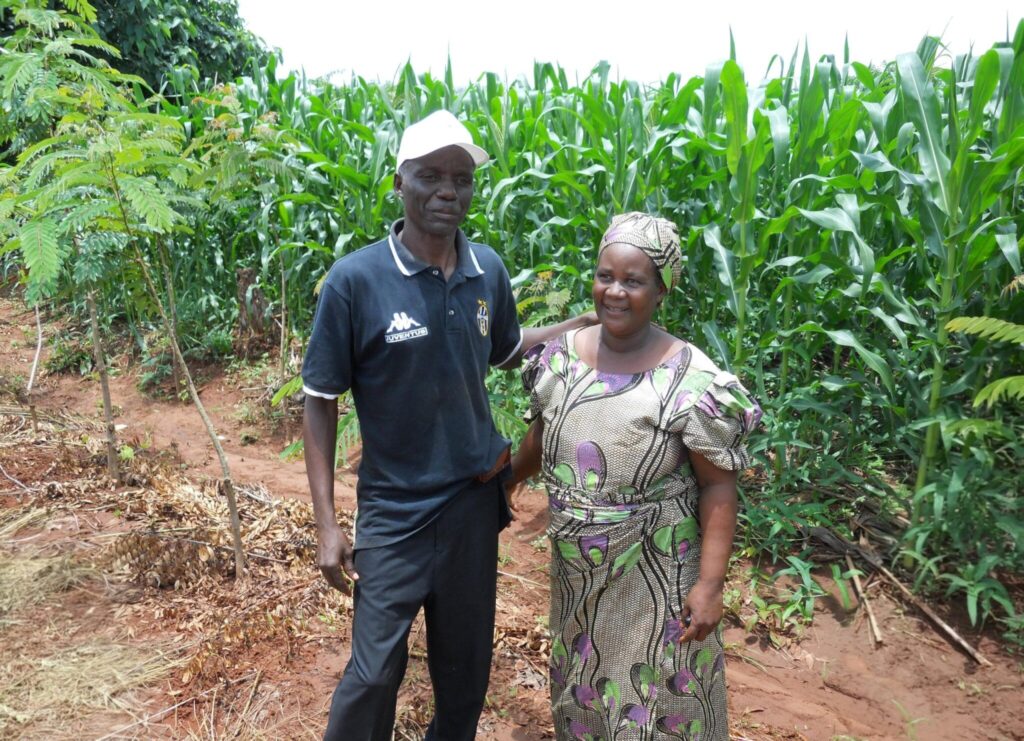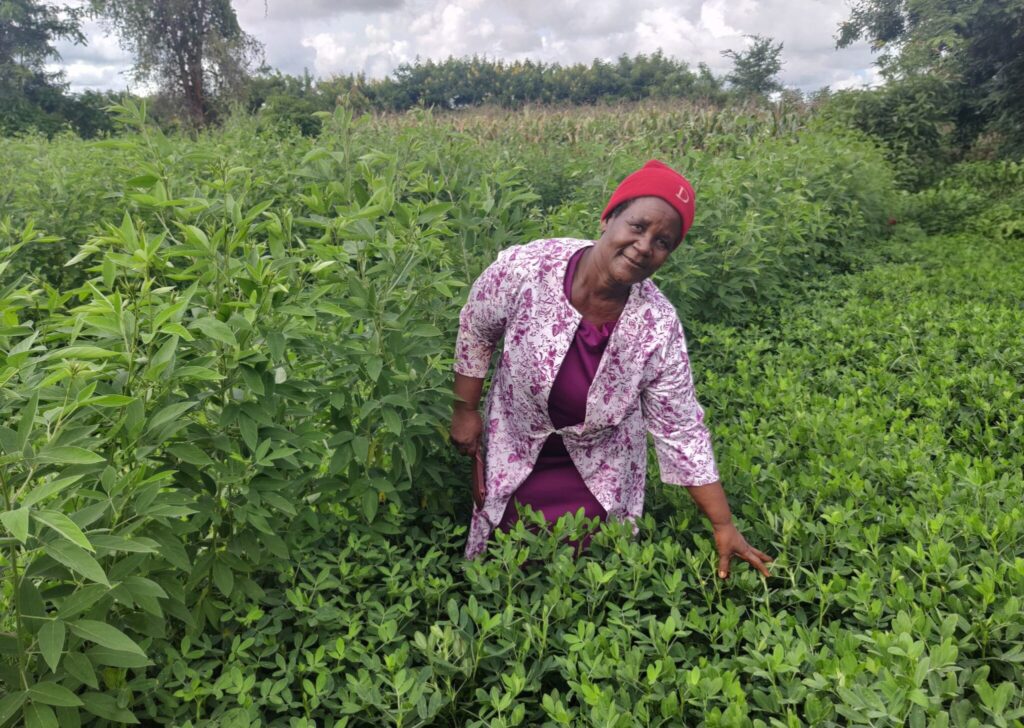Soft-spoken yet steady, Dorothy Helema has become a cornerstone of Conservation Agriculture (CA) in Chinguluwe, Thuphwi Village, Salima District, central Malawi. After the sudden death of her husband Christopher one of the area’s early CA champions Dorothy chose to sustain and expand the work they began together. Season after season she prepares impeccably managed trial plots that generate trusted data for researchers and practical lessons for neighboring farmers.
Christopher’s journey began in 2008, when a cross-site learning visit to Nkhotakota exposed him to thriving CA systems. Back home he established demonstration plots that showcased the three core CA principles: minimum soil disturbance, soil cover, and crop diversification. Intercropping, rotation, and careful management of soil organic matter soon defined the family fields.
When Christopher passed away, the plots briefly fell silent. Dorothy stepped in, turning grief into long-term commitment. Under her leadership, the former maize-only plots evolved into diversified rotations with pigeon pea, cowpea, and groundnut. These legumes build soil fertility, improve household diets, and spread income risk. Sequenced introductions—maize as the entry point; cowpea intercrops to diversify; groundnut rotations for fertility and cash; stress-tolerant maize varieties as bundled innovations; and, ultimately, doubled-up legume mixes have shown how incremental change builds resilience.

Performance has matched the care invested. In the 2024/2025 season, maize yields in Dorothy’s maize-legume rotation plots reached roughly 5,382 kg/ha, well above local and national averages. Equally important are gains in soil health, residue retention that saves labor, and the knowledge ripple effect across her community.
Dorothy now mentors peers informally at boreholes, during field days, and through visits from extension officers and researchers. Her fields function as a living classroom proving that technologies spread through people, not pamphlets. Continued progress will depend on sustained partnerships, gender-responsive extension, trained field staff, and long-term data systems priorities for regional scaling initiatives.
Her story reminds us that behind every data point stands a farmer. Multi-season measurements on her land link rainfall variability, soil type, and household decision-making, giving researchers rare continuity and farmers the confidence to adapt one replicated plot at a time. Her legacy shows how sustained farmer–researcher collaboration can translate trials into food security, climate resilience, and dignified livelihoods across southern Africa.

